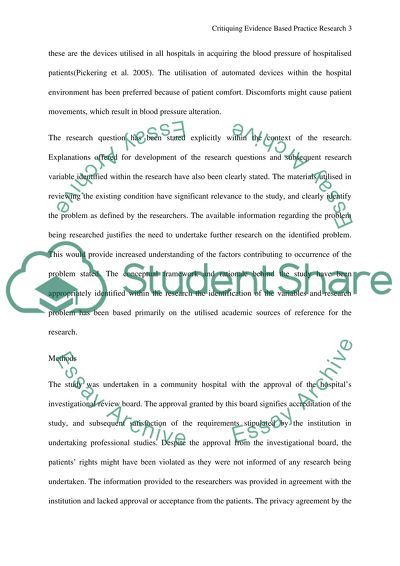Cite this document
(“Critiquing evidence based practice research Article”, n.d.)
Critiquing evidence based practice research Article. Retrieved from https://studentshare.org/nursing/1498867-critiquing-evidence-based-practice-research
Critiquing evidence based practice research Article. Retrieved from https://studentshare.org/nursing/1498867-critiquing-evidence-based-practice-research
(Critiquing Evidence Based Practice Research Article)
Critiquing Evidence Based Practice Research Article. https://studentshare.org/nursing/1498867-critiquing-evidence-based-practice-research.
Critiquing Evidence Based Practice Research Article. https://studentshare.org/nursing/1498867-critiquing-evidence-based-practice-research.
“Critiquing Evidence Based Practice Research Article”, n.d. https://studentshare.org/nursing/1498867-critiquing-evidence-based-practice-research.


